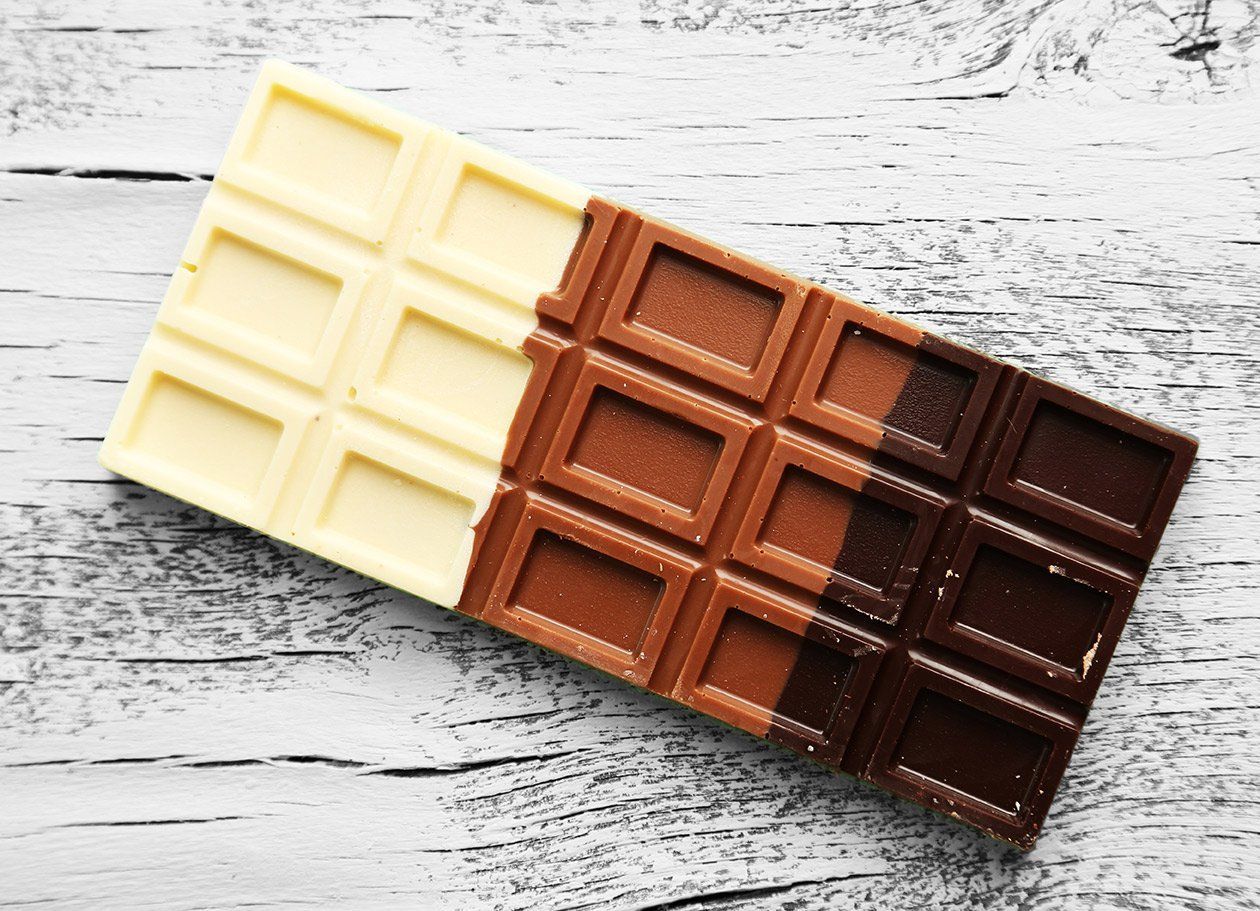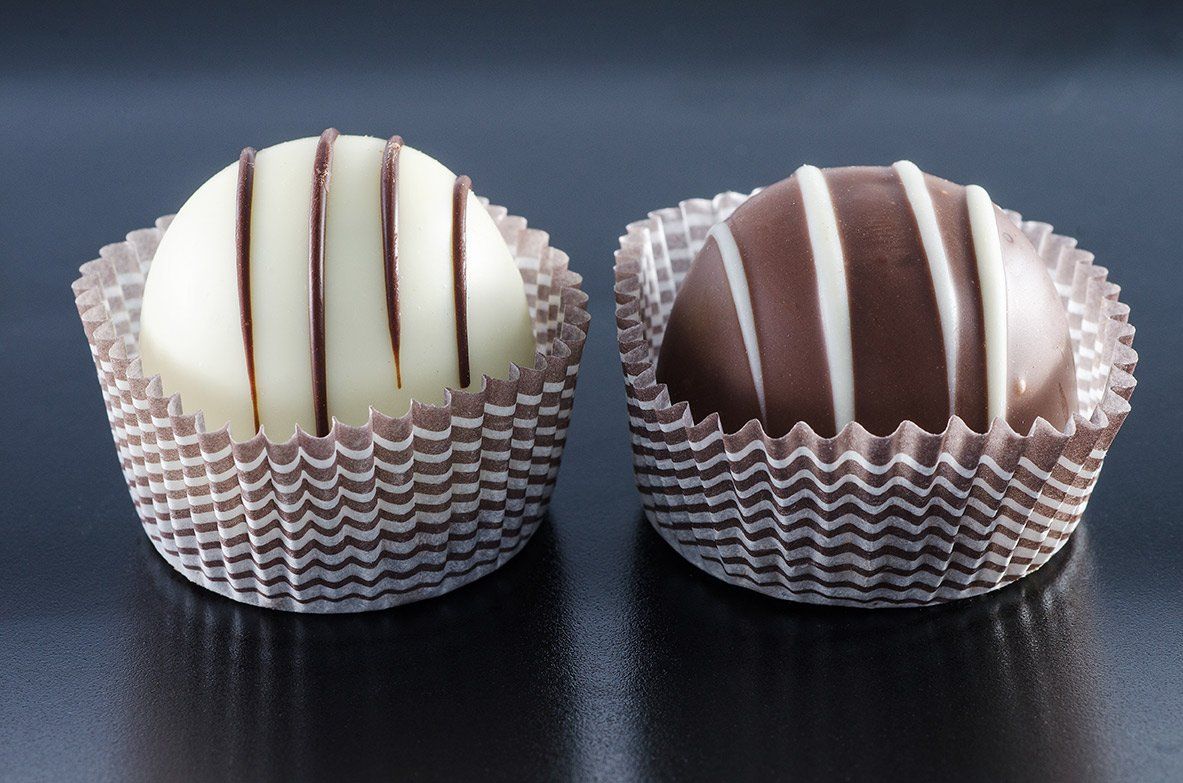The Sweet Science of Tempering: Why Chocolate Temperature Matters
Have you ever wondered why some chocolate bars have a beautiful, glossy sheen and a satisfying snap, while others look dull and melt too easily? The secret lies in tempering, a process of carefully heating and cooling chocolate to achieve the perfect crystal structure. And the key to successful tempering? Temperature control.
What Happens When Chocolate Isn't Tempered Properly?
Untempered chocolate can suffer from a variety of problems:
- Bloom: A whitish, powdery coating on the surface caused by fat migration.
- Poor texture: The chocolate may be grainy, crumbly, or melt too quickly in your hands.
- Dull appearance: Instead of a glossy shine, the chocolate looks lacklustre.
- Difficulty setting: Untempered chocolate may take a long time to solidify or may not set at all.
The Magic of Tempering
Tempering ensures that the cocoa butter in chocolate crystallises in a stable form, giving it the desired qualities:
- Glossy shine: Properly tempered chocolate has a smooth, reflective surface.
- Crisp snap: It breaks cleanly with a satisfying sound.
- Smooth texture: The chocolate melts evenly in your mouth.
- Longer shelf life: Tempering helps prevent bloom and extends the chocolate's freshness.
The Importance of Precise Temperatures
Different types of chocolate (dark, milk, white) require specific temperature ranges for tempering. These temperatures are crucial for achieving the correct crystal formation. Too hot, and the chocolate can burn. Too cool, and it may not temper properly.
Tips for Tempering Chocolate
- Use a reliable thermometer: A digital thermometer is essential for accurate temperature readings.
- Melt chocolate gently: Use a double boiler or microwave in short bursts to avoid overheating.
- Follow the temperature guidelines: Each type of chocolate has its ideal temperature range.
- Be patient: Tempering takes time and attention to detail.
The Reward of Perfectly Tempered Chocolate
Mastering the art of tempering unlocks a world of possibilities for chocolate creations. From elegant truffles to beautifully coated candies, the results are well worth the effort.
So, the next time you're working with chocolate, remember the importance of temperature. With a little patience and precision, you can transform ordinary chocolate into extraordinary treats.




